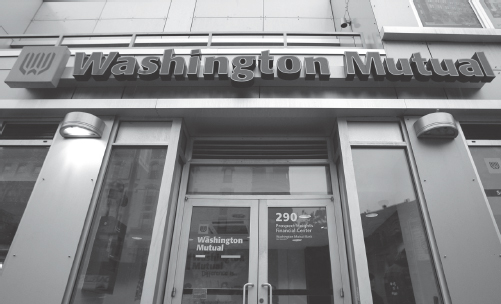CHAPTER FIFTEEN
Regulation of Financial Institutions
WHEN WAS THE LAST TIME YOU performed a careful analysis of your bank to make sure it was a safe place to deposit your money? If you are like most people, you have not given much thought to the safety and soundness of your bank. If you had been a student in the early 1900s, however, you would have been keenly aware of your bank's financial strength. At that time, banks had little regulation and bank liabilities (paper money or bank accounts) were unsecured. Thus, if your bank failed, you probably lost your money. Given those consequences, it's easy to understand why runs on banks were a common occurrence.
What's a run on a bank? Back in the “good old days,” when banks had little regulation and some engaged in unscrupulous activities that included cheating or lying, and when you heard a rumor that a bank might fail, you literally ran to the bank to get your money back—either as hard currency (gold or silver coins) or bank notes of a sound bank. The motto of the day about banking was “Better safe than sorry.”

In 2008, Washington Mutual was taken over by the Federal Deposit Insurance Corporation (FDIC). With assets over $300 billion, it was the biggest bank failure in history. Its assets and liabilities were eventually acquired by J.P. Morgan Chase.
Today, people take for granted that banks are safe places to keep their money. Even ...
Get Financial Institutions, Markets, and Money, Eleventh Edition now with the O’Reilly learning platform.
O’Reilly members experience books, live events, courses curated by job role, and more from O’Reilly and nearly 200 top publishers.

